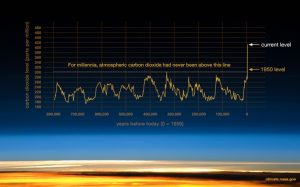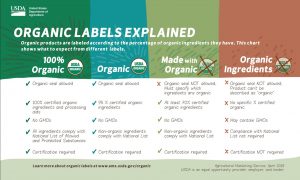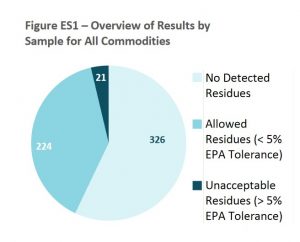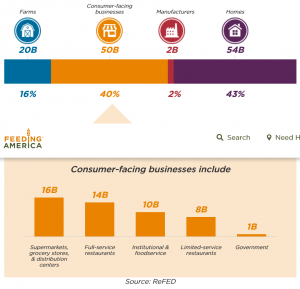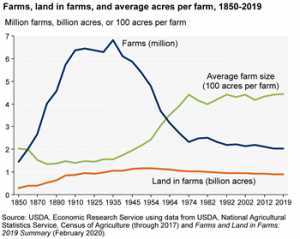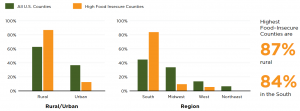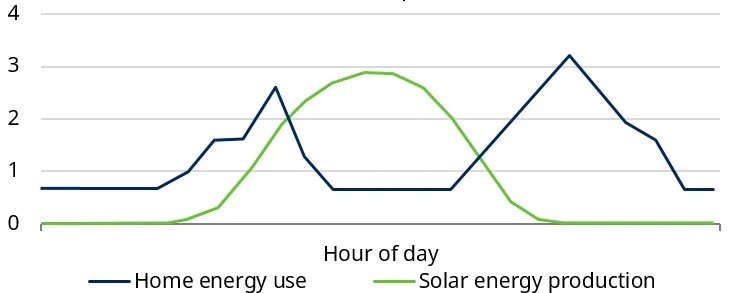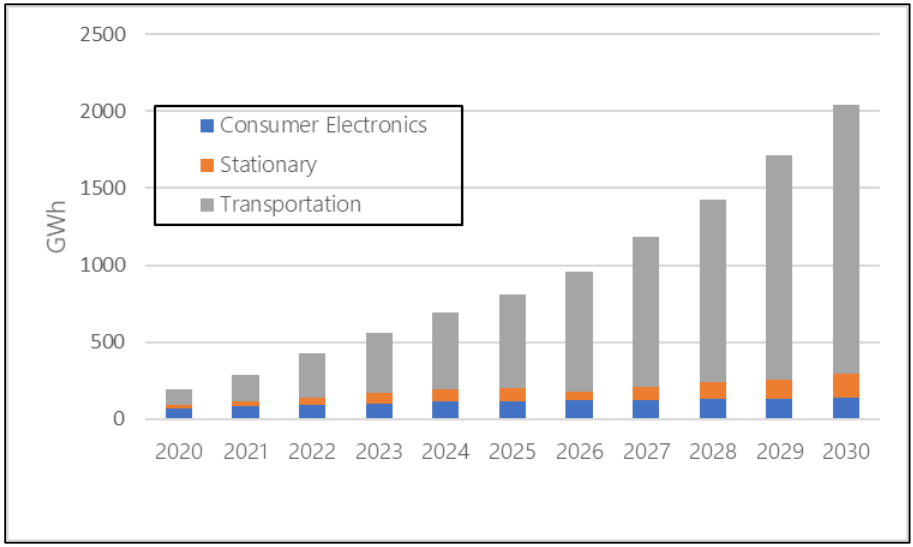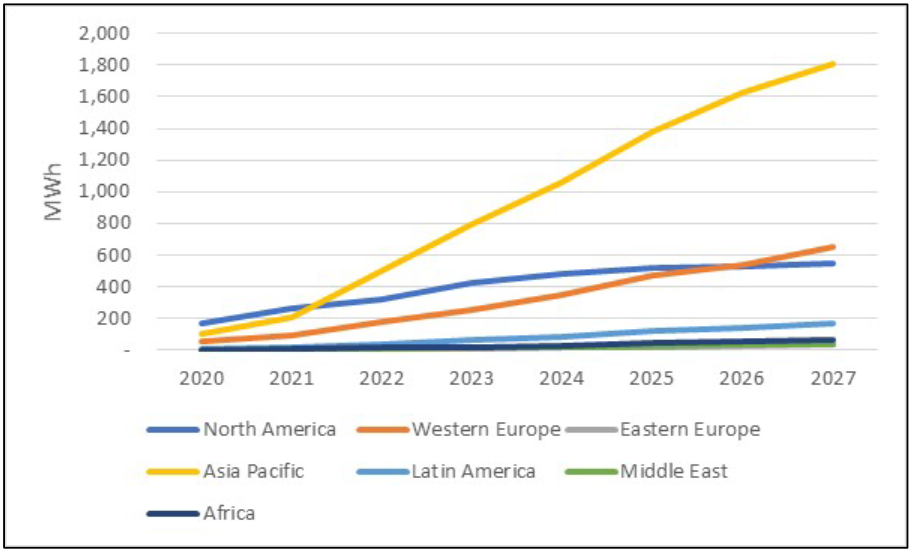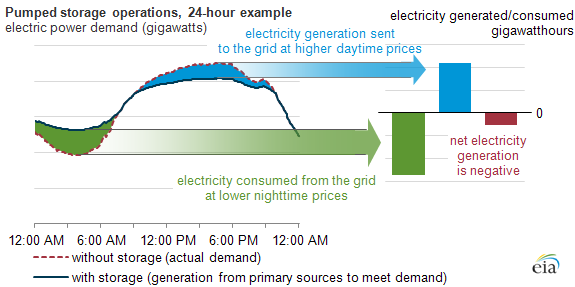Investing with Purpose isn’t an oxymoron. At Servant Financial, we believe that profit and principles go hand-in-hand. In early 2021, we identified five purposeful investing opportunities for this year and beyond. In light of the COVID pandemic, turbulent economic conditions, and the accelerating sustainability movement, we predicted growth in ESG investments, alternative investments, essential businesses, inflation hedges, and education.
As we pass the halfway point of 2021, we take the opportunity to reflect: were our predictions directionally accurate? Simultaneously, we look forward: what developments do we expect over the remainder of the year and beyond?
1. ESG Investments
ESG, or environmental, social, governance, refers to a company’s attitude and behavior toward its employees and community. ESG investing prioritizes the wellbeing of employees, society, and the earth. This trend is especially appealing to millennials and women, who continue to demonstrate their support for ESG investments in 2021.
In the first quarter of 2021, US sustainable funds set a new net inflow record of $21.5 billion. One analysis of 27 ESG funds from December 31, 2020 to May 17, 2021, found that 16 of the funds outperformed the S&P 500. ESG has become a momentum factor, as ESG funds and their underlying equities attract more fund flows which beget more fund flows. Experts predict that the sustainability market will only continue its tremendous growth—by 2030, the ESG market could reach $1 trillion.
Servant Financial’s ESG research continued in 2021. In recent articles, we explored markets and trends in energy storage, organics, and carbon credits. At Servant Financial, we are committed to learning and innovation to help you invest in a sustainable future.
2. Alternative Investments
Alternative, or nontraditional, investments not only diversify your investment portfolio but have tremendous potential to benefit communities in unique ways. Alternative investments look beyond traditional stocks and bonds: real estate, infrastructure, gold, and bitcoin are just a few of the myriad alternative investing possibilities.
Servant Financial has identified farmland as a meaningful and profitable alternative investment. Traditionally, the farmland market has boasted high returns and low volatility; furthermore, investors profit not only from land value appreciation but also regular rent collection.
Farmland, however, is more than a vehicle for profit—it provides a means for doing good. In January 2021, Servant Financial partnered with Farmland Partners (NYSE: FPI), the farmland industry’s leading REIT, to launch the Promised Land Opportunity Zone Fund. Promised Land purchases farmland in Qualified Opportunity Zones, economically-challenged areas designated by the IRS for preferential tax treatment. After acquiring the properties, Promised Land improves the farmland, perhaps by upgrading irrigation and drainage systems, increasing grain storage, or installing solar panels or wind turbines. In turn, land improvements benefit investors and farmers and revitalize rural communities.
Since its launch, Promised Land has acquired over 3,700 acres of farmland in three states, and the fund continues to grow. Witnessing our Promised Land vision materialize encourages us to continue to invest with purpose.
3. Essential Businesses
Over the past 16 months, the tumultuous events of the COVID pandemic have underscored the necessity of essential businesses. Crisis forced reconsideration of priorities, needs, and wants: ultimately, humans need food, shelter, healthcare, and energy. Over the past months, essential industries have demonstrated substantial growth, with impressive performances from the energy, real estate, and healthcare sectors.
Investing in these essentials, however, is not only financially savvy but socially impactful. In a recent article on the food industry, we highlighted the prevalence of food insecurity in America. Tragically, over 10% of American households experienced food insecurity in 2019. Further, about 19 million Americans live in food deserts, areas with limited access to food. Especially vulnerable to food insecurity are rural counties: 87% of the least food-secure counties are rural.

US food desert map.
These surprising, grievous statistics motivated us to take action. Why not augment Promised Land’s strategy—investing in and actively improving farmland in rural Opportunity Zones—to combat food insecurity in these communities? Currently, we are mapping the overlap between food deserts and Opportunity Zones. After identifying target counties, we plan to evaluate strategies and partnerships to invest in and improve food access in these vulnerable regions. Our two-pronged approach—improving both farmland and food access—will address food insecurity on both the production and distribution levels.
4. Inflation Hedges
Groceries, gas, hotels, hospitals: as any post-COVID consumer can attest, prices are on the rise. In the past year, prices have increased by 5.5%, the highest rate of inflation since 2008. While economists foresaw price jumps in the wake of the economic emergence from the pandemic, inflation rates have been higher than predicted. Although many experts are hopeful that inflation rates will dissipate as economic conditions normalize, continued inflation is a distinct and alarming possibility.
High inflation rates threaten investors; investment shares may be stable or increase in price, but if their growth rates cannot keep up with inflation, then these assets lose real worth. For example, US 10-year treasuries nominally yielding 1.3% have a negative real yield of (4.2%) with an inflation rate of 5.5%. Intent on protecting the value of their assets, investors are increasingly turning to inflation hedges, investments which boast relatively stable or diminishing supplies, i.e. scarcity value. While the value of the dollar decreases, inflation hedges like gold, bitcoin, commodities, and real estate resist price fluctuations or may rise in value with inflation. For example, farmland values are highly correlated with inflation.
Correspondingly, the prices of inflation-protected assets are important indicators of current inflation trends. Although gold value has slightly declined in the past twelve months, prices remain significantly higher than before the outbreak of the pandemic. Meanwhile, bitcoin prices have fluctuated greatly over the course of the pandemic; nevertheless, bitcoin prices are currently three times the price of twelve months ago.
As Federal Reserve Chairman Jerome Powell’s recent comments indicate, inflation rates will likely remain high in the coming months; the Fed has signaled markets that it will allow near-term inflation to run higher than its 2.0% inflation target. Consequently, savvy investors should consider safeguarding their portfolios with inflation hedges.
5. Education
Education is both personally and economically empowering. Teaching skills essential for high-wage jobs, education develops human capital, increases earning power, and alleviates poverty. According to UNICEF, an individual’s income increases 10% with every year of education received.
Conversely, barriers to a quality education hinder development; this fact has caused particular alarm during the pandemic, as many students were forced to pivot to virtual or hybrid learning. The fallout from this transition is staggering: 97% of educators report that students experienced at least some learning loss, while 53% described that learning loss as significant. This learning loss translates to real earning loss. McKinsey & Company predicts that white students will experience a 1.6% annual income reduction and Black students a 3.3% annual income reduction because of substandard virtual learning.
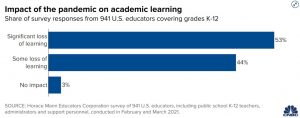
Educators report learning losses during the pandemic.
As these disturbing statistics indicate, improving and investing in education and educational infrastructure is urgent. Edtech companies are one appealing option. Innovative technologies enable independent learning and could allow students to make up for learning loss. Further, as the pandemic’s resolution remains uncertain, developing more effective virtual learning technologies and investing in broadband and other infrastructure in low-income communities is crucial.
Charter schools, high in demand especially in low-income communities, provide another investment opportunity. Investors can provide low-interest loans or purchase charter school bonds.
Finally, we believe there exists a strong correlation between Opportunity Zones (low income communities), food deserts, and educational deserts. In the coming months, we plan to explore this overlap and devise investment strategies to improve the lives of children and families across the country.
2021 has witnessed both frustration and excitement, turmoil and healing. Although the details of our post-COVID world remain uncertain, we are hopeful that the future will bring stability and opportunity. As we reflect on the past six months, we remain confident that our investments can build a bold, auspicious tomorrow. ESG investments, alternative investments, essential businesses, inflation hedges, and education provide opportunities to make a profit while making a difference. From farmland to food access, education to renewable energy, investing with purpose addresses societal challenges with integrity, creativity, and compassion.





